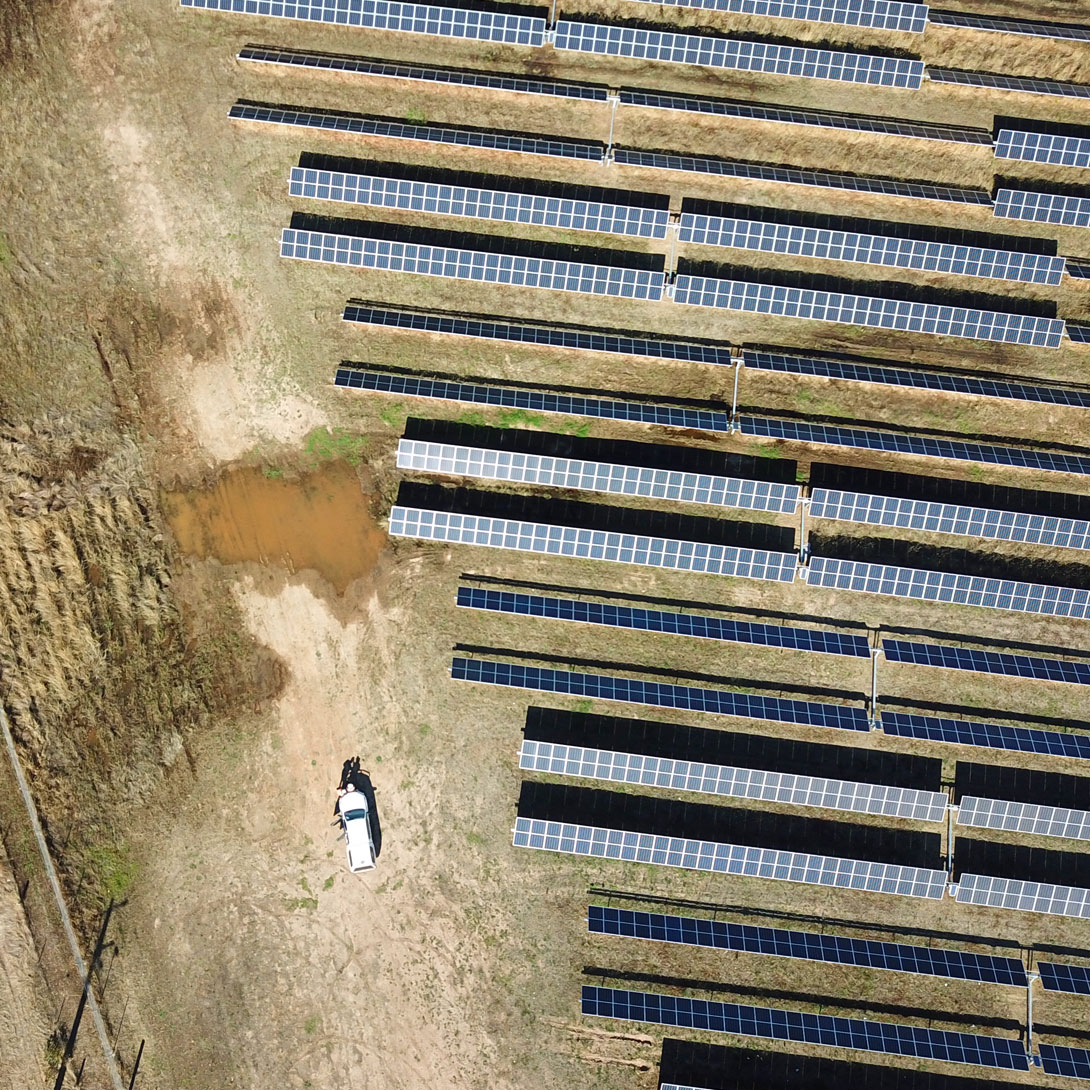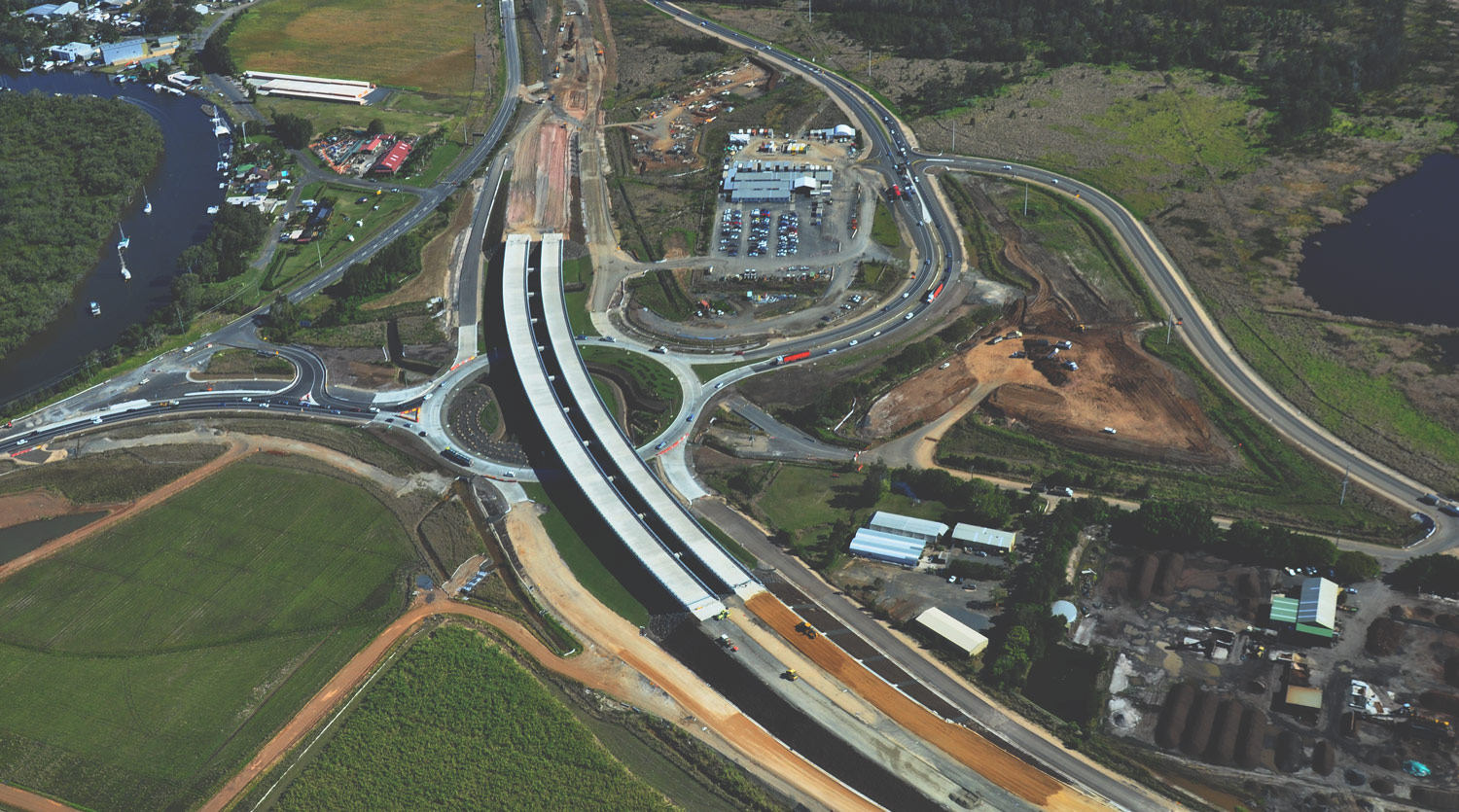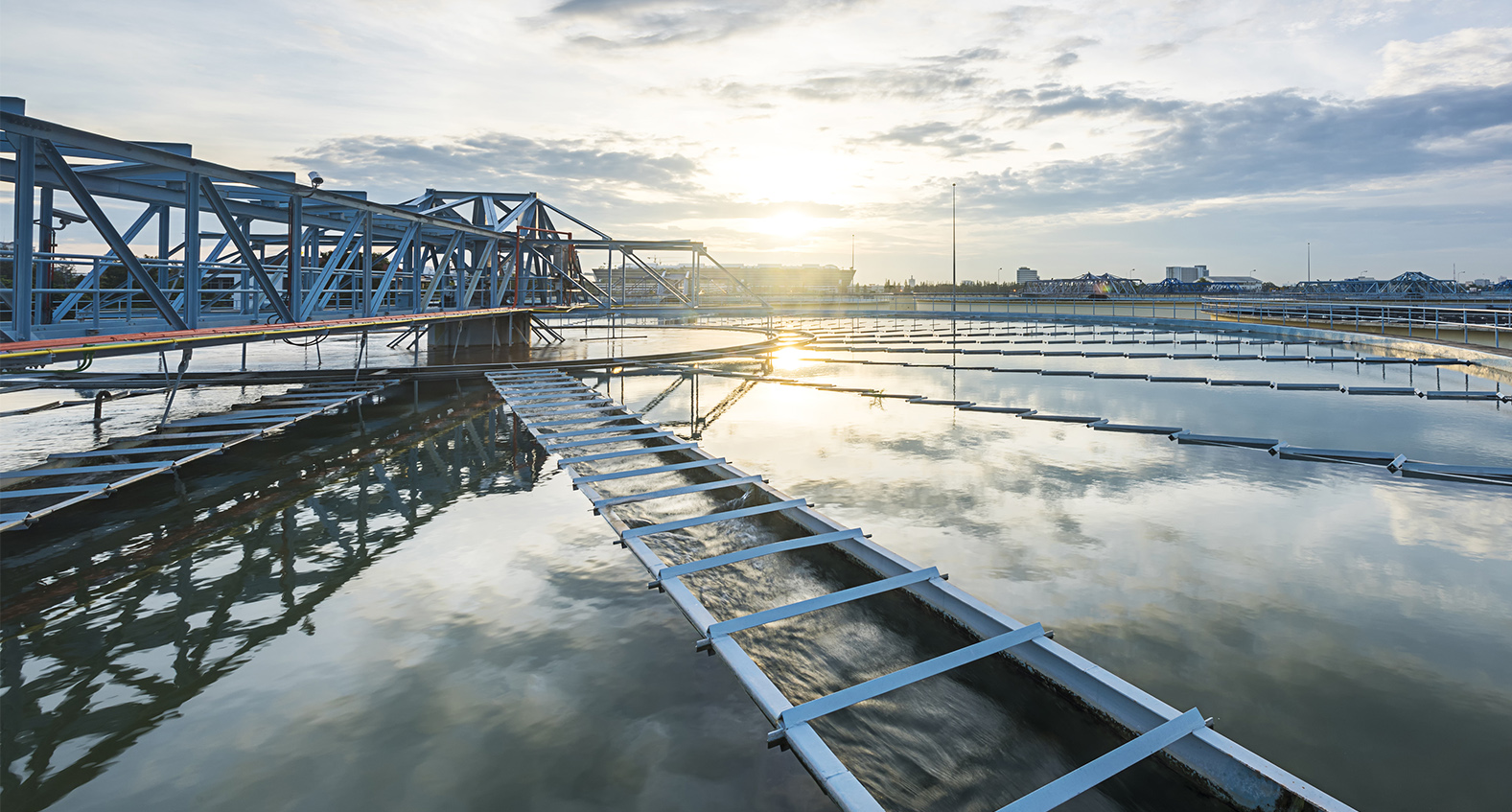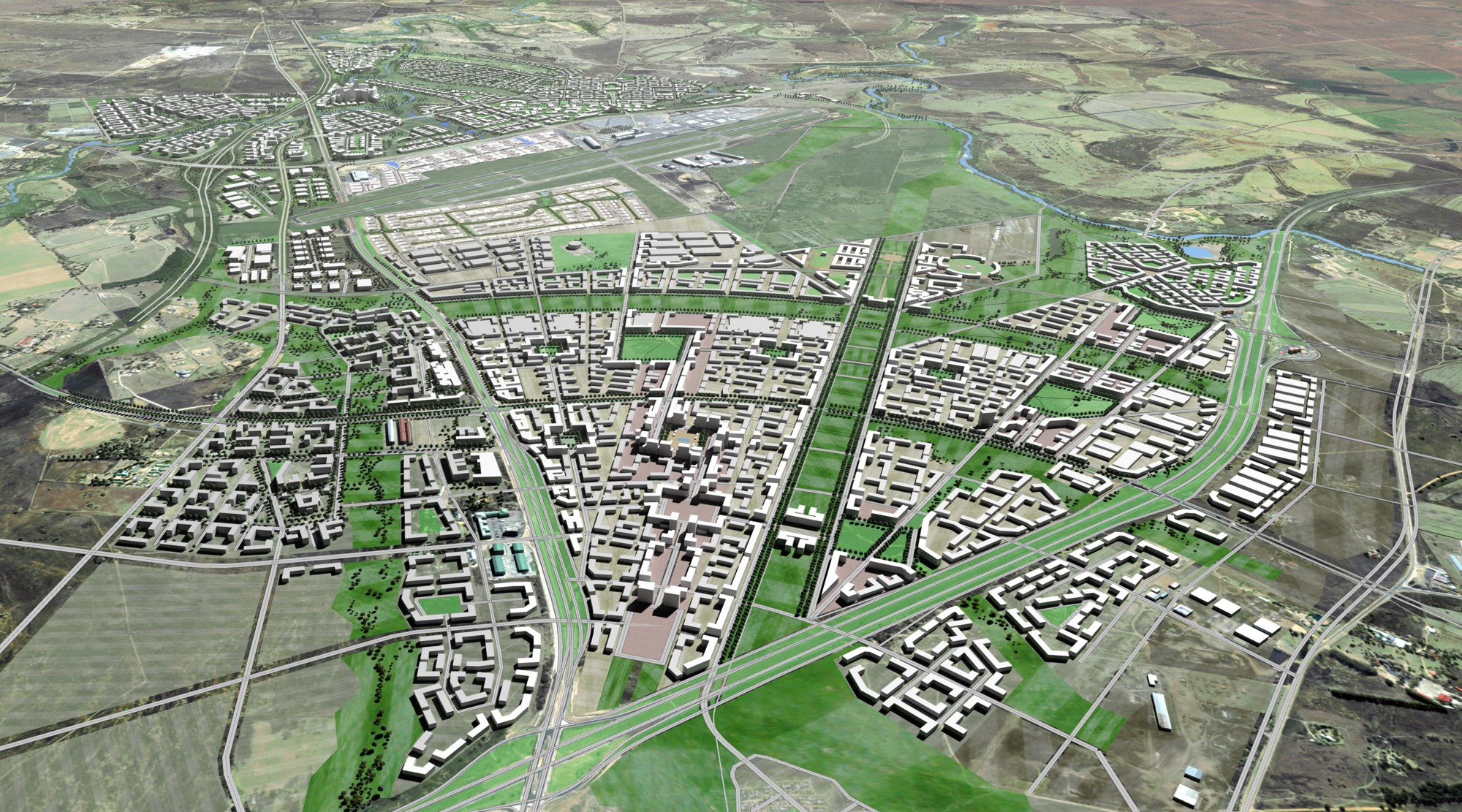Sustainability

Sustainability is at the core of SMEC, and is a reflection of our foundations, our namesake project, The Snowy Mountains Hydroelectric Scheme.
Beginning in 1949, The Snowy Mountains Hydroelectric Scheme’s primary purpose was to provide renewable energy to the national electricity grid and sustainable water supply for irrigation and communities. Taking 25 years to build, an estimated 100,000 people from more than 30 countries worked together, in extreme conditions, to build one of the greatest engineering projects ever undertaken. In 2017, it was recognised as a ‘defining moment’ in Australian history and today, the scheme continues to provide approximately 32% of all renewable energy to the eastern mainland grid of Australia.
The scheme is not only a tribute to our pioneering roots, but it’s legacy acts as a guiding light, ensuring our focus remains unwavering on the renewable and sustainable goals, values and necessities of the present and future.
We have the privileged position of shaping the future through our work. One of the greatest opportunities we have today is for sustainable design thinking to be deeply embedded in the conceptual planning and development of infrastructure and urban community projects. This can enable us, from the onset to design with sustainability as a core focus resulting in much stronger positive environmental outcomes for our projects, our clients and our future.

Today we continue to work on ground-breaking, future shaping renewable projects and are immensely proud of our work in this space. For example, our role as an integrated delivery partner on Sun Cable’s Australia-Asia Power Link, one of the world’s largest renewable energy projects, highlights the expertise and specialisation we bring to projects that will reshape and create a new future for all of us.
SMEC took the role of Design Lead on the project which involved building a four-kilometre elevated skytrain and a 270-metre curved, cable-stayed rail bridge over Windsor Road at Rouse Hill.
SMEC’s Dr Richard Kelly, Chief Technical Principal – Geotechnical Engineering, has contributed to industry-leading research and innovation in the field of soft soil engineering.
Australia, and the world, is increasingly seeing the effect of climate change on our water supply and security. Scarcity and drought are becoming more prevalent, placing pressure on the current water supply network, and communities are expecting better solutions. As we mark National Water Week in Australia and prepare for summer, it is time to discuss how we best utilise our existing water supplies and create a more resilient future.
The Greater Lanseria Master Plan (GLMP) is the first stage in the development of the new Smart City in Lanseria (Gauteng Province), as announced by South African President Cyril Ramaphosa in his 2020 State of the Nation Address. Following the announcement, a joint initiative led by the Gauteng Office of the Premier was formed to undertake extensive studies and engagements for the planning of Lanseria Smart City.
 ‘Elegant, innovative and sustainable’ – ENR Global Best Rail Project
‘Elegant, innovative and sustainable’ – ENR Global Best Rail Project
 Building more climate-resilient infrastructure on soft soils
Building more climate-resilient infrastructure on soft soils
 A circular economy for water: water demand and fit for purpose supply
A circular economy for water: water demand and fit for purpose supply
 Designing tomorrow’s sustainable cities: Lanseria Smart City
Designing tomorrow’s sustainable cities: Lanseria Smart City